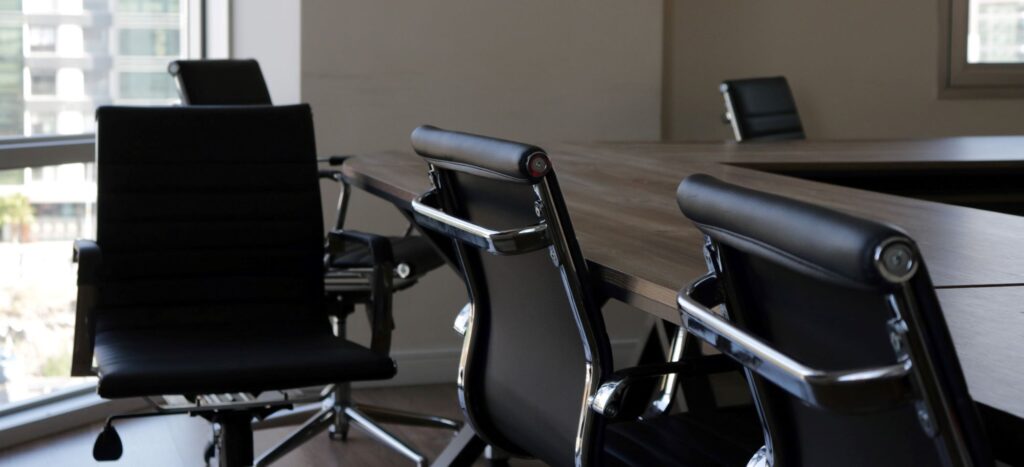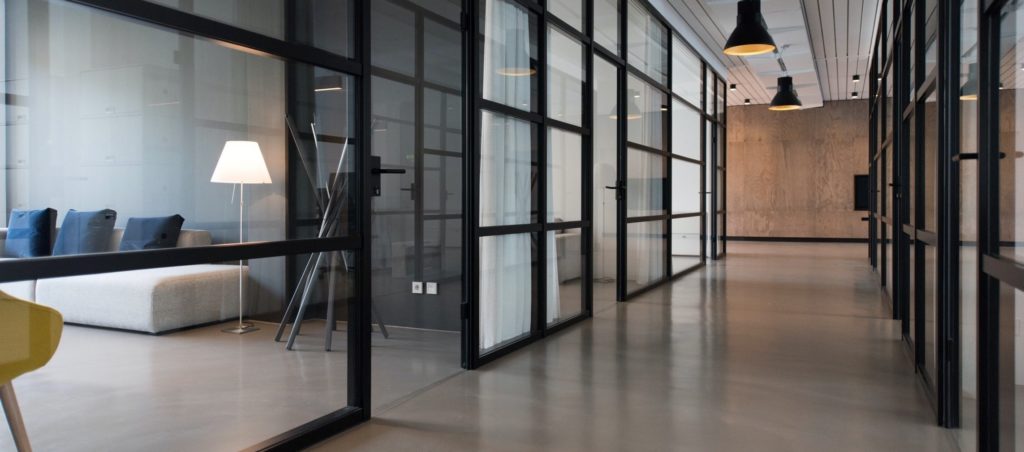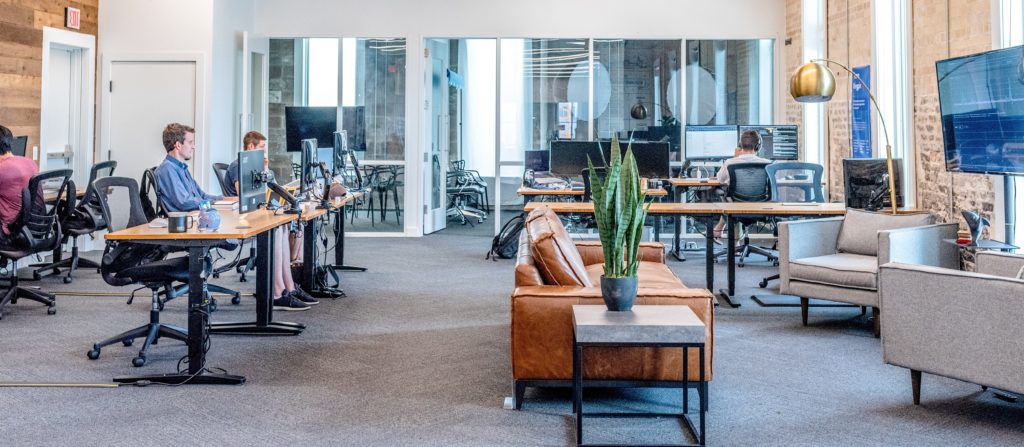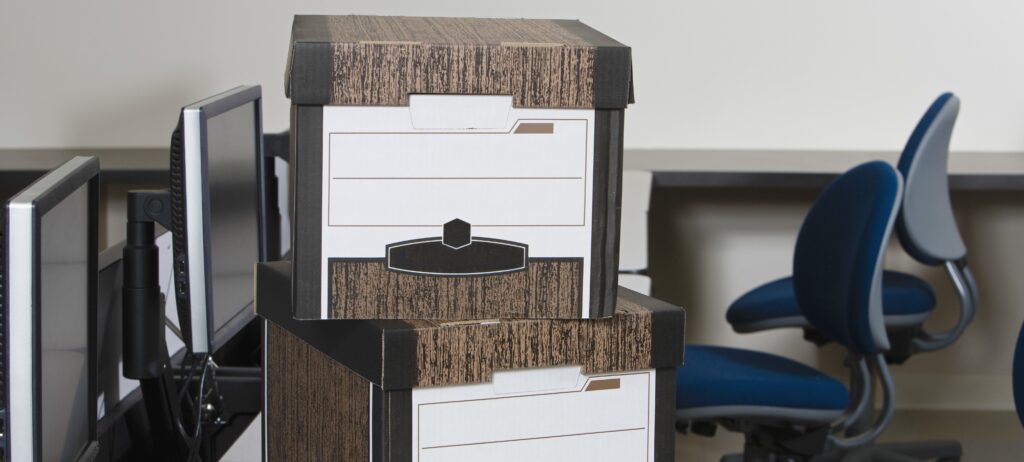HR & Employment Issues when Relocating Your Business
Business relocation is a key area in which businesses can re-energize their staff and position the business better for the future. This HR Guide looks at the positive impact that HR can play to achieve a smooth and happy business relocation. It looks at 7 key areas which HR needs to address and offers practical solutions to delivering the successful business relocation that the business shoots for.
Planning & Preparation
A business relocation is a major project and needs to be planned properly. There are so many things to consider when you move office – which is why, for many, relocation is ranked as one of life’s most stressful events! But it doesn’t have to be this way – because a business relocation (like any process) can be broken down into a series of simple tasks and checks.
The intelligent use of your business relocation project planning documents and office move checklist will not only help you plan the business relocation, but also act as your road map to carry out the many tasks involved with the project. They should include all of the tasks that need to be completed (and the steps leading up to them), the individuals, teams & companies responsible.
Change Management
Business relocation should be an exciting time for all. It’s an opportunity to affect positive change management, improvement in business performance, increased morale & momentum. But for some people change can be unsettling and this can certainly be the case with a business relocation where some staff might feel resistant to change. With this in mind, a business relocation will require businesses to fully utilize their change management skills. The key here is to anticipate the likely issues before they are raised as well as encourage open dialogue well in advance of any business relocation. Providing staff with a clear message of the reasons behind the move (and the benefits it will bring) will help get your employees on board with what you are wanting to achieve.
Remember that, at the same time as the business relocation process is going on, your company has to continue to run its business and focus on its existing workload and commitments. You will want to ensure that distractions are kept to a minimum and that any “negative vibes” surrounding your business relocation are dealt with before they get out of hand.
Communication – Often and Openly
Communication is vital – and your staff will appreciate being updated early on the rationale behind the business relocation and then regularly updated as the moving office process plays out.
While many of your staff will be excited by the business relocation, there may be some people who have concerns that need addressing. While many of these issues may seem trivial to the business – such as change in their commute schedule/route, parking space allocations, the location of their workspace in the new office space (who sits where and who get desks by the window can become a contentious issue!) or how big the kitchen facilities in the new office space will be – they are important to your staff.
It is well worth your Senior Management Team getting together in advance of any staff briefing to consider any potential issues with the business relocation and discuss how you plan to address them with a unified voice.
So – communication is the key. There will be some people, both internal and external, who will need to be consulted for their input to the planning process; there will be others who need to be informed; and everyone needs to be regularly updated to keep their interest and motivation levels high. If you keep the lines of communication open to all interested parties, internal and external, your business relocation will have a much greater chance of success.
Identify & Promote the Positives
A key part of the office relocation planning process is to think about the benefits that the business relocation will have for your staff. Perhaps your new office will have better facilities. It may be that your new office space is going to allow you to upgrade your systems which will improve your work processes. Or it may just be that your new office is nearer to clients, restaurants, bars, sandwich shops, shopping, offers better parking, is nearer to train stations and/or bus stops. Whatever the advantages of your new office space it is important that these are identified and communicated.
Involve your Staff
Staff involvement when moving office is an important part of achieving a successful business relocation project. It’s a fact of life that people that feel involved and engaged in a process will buy in to it more than when they feel neglected or excluded. Consider having a representative from each department on an internal “business relocation team” and hold regular meetings where you can involve them in each stage of the business relocation.
A key operational benefit of doing this is that they can then not only act as “champions” for their department but also identify any issues pertaining to their area of expertise prior to the business relocation – and then provide valuable input into the solutions.
Address Training Needs
In the course of a business relocation, it is highly likely that some of the equipment or working practices may be new to your staff. Do not neglect the need to address. Training on any new systems (IT or Telecoms) is often a key area that needs to be planned for.
Ask for Feedback after the Business Relocation
A successful business relocation project will often deliver a surge in business performance over the first few months after an business relocation. This is great news – but needs to be maintained. A key area to help deliver this improvement in morale and momentum is to ask for staff feedback on the business relocation. The feedback you receive will enable you to further reinforce the positives of the business relocation, address any issues and build on the successes that the business relocation has brought to the business.






